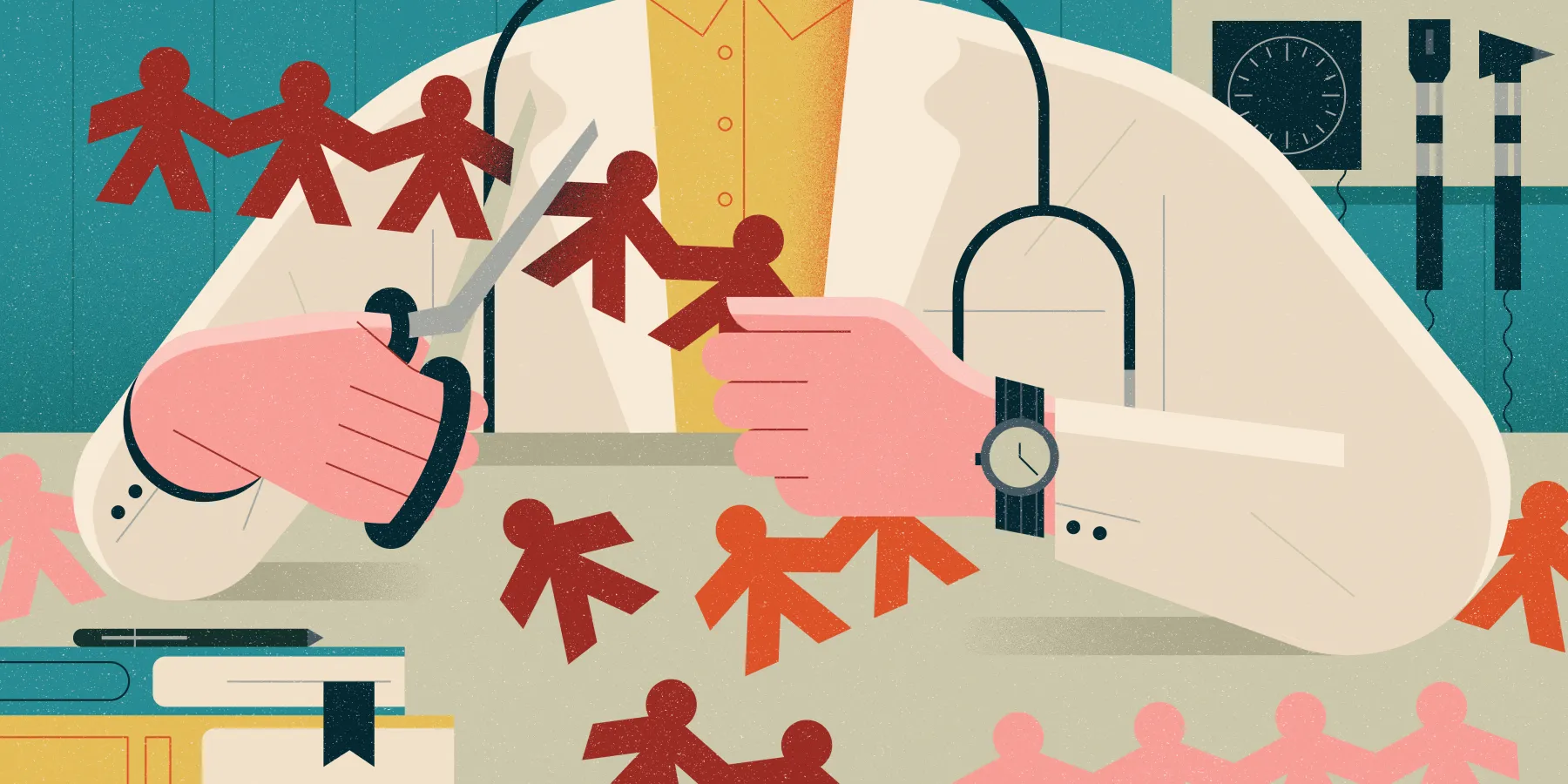I did not realize how common child abuse and neglect are until I actually began my clerkships. Like most physicians and trainees, I was privileged to grow up in a safe community. In medical school, we had only one lecture on child abuse and neglect. So, I considered it rare, like Rocky Mountain Spotted Fever or methylmalonic acidemia. But I met adult patients with enduring psychological trauma, women in labor who refused to have pelvic exams because it reminded them of childhood assault, babies who had somehow ingested opiates, parents living in such impoverished conditions that they could not satisfy their children’s basic needs, a middle schooler stabbed by an uncle, a mom with postpartum depression so severe that she forgot to feed her newborn, and children with so many injuries.
These experiences point to the fact that child abuse and neglect are not rare at all, but common. Child protective services agencies receive roughly 4.4 million reports per year, and more than 600 000 are substantiated.1 A child is 40 times more likely to be a confirmed victim of child abuse and neglect than to be diagnosed with any kind of cancer.2 Yet students in the health professions learn far more about pediatric cancer than they do about abuse and neglect.
This issue of the AMA Journal of Ethics considers clinical, legal, and ethical questions related to child abuse and neglect that are rife with ambiguity and uncertainty—questions that are all the more difficult for clinicians, who are called upon to recognize their seemingly clear-cut duties to protect children. This issue also considers how clinicians might navigate this important tension and draw attention to everyday practice realities that are too often overlooked.
References
-
Children’s Bureau. Child Maltreatment 2019. US Department of Health and Human Services; 2021. Accessed October 11, 2022. https://www.acf.hhs.gov/sites/default/files/documents/cb/cm2019.pdf
-
Childhood Cancer Awareness Month. American Childhood Cancer Organization. Accessed October 11, 2022. https://www.acco.org/childhood-cancer-awareness month/?gclid=CjwKCAjw97P5BRBQEiwAGflV6Q3REPqvqOFSdmwqBeL65R0UlT3j0aFC5qaRH9j7ihSKQqZmz4RCTxoCVqgQAvD_BwE




